#Old St Ninian's Church - Leith
Explore tagged Tumblr posts
Text
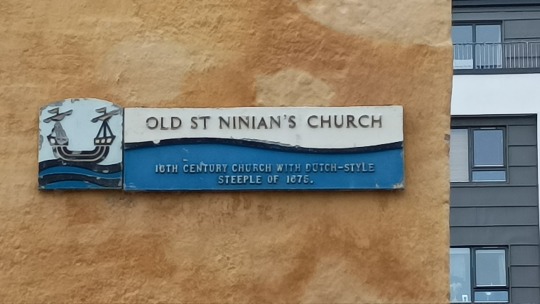


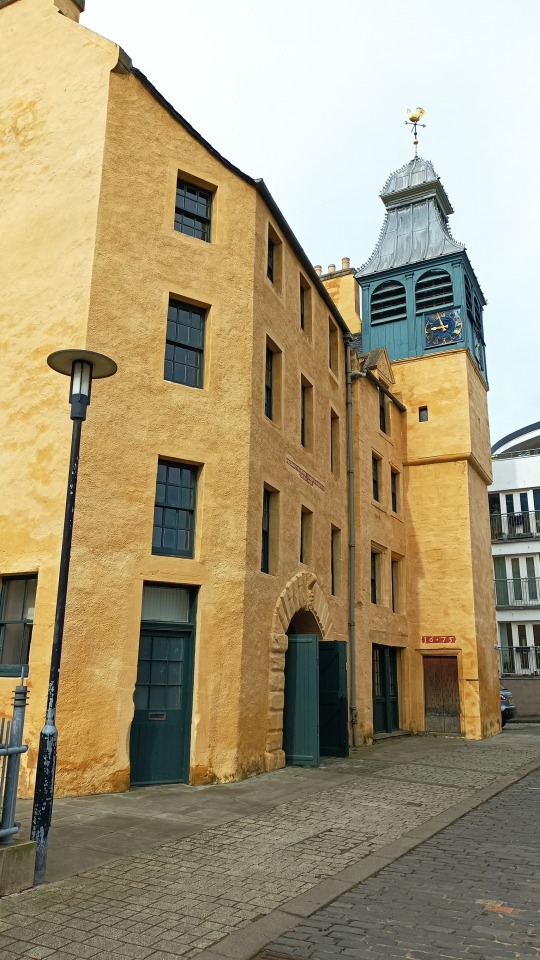



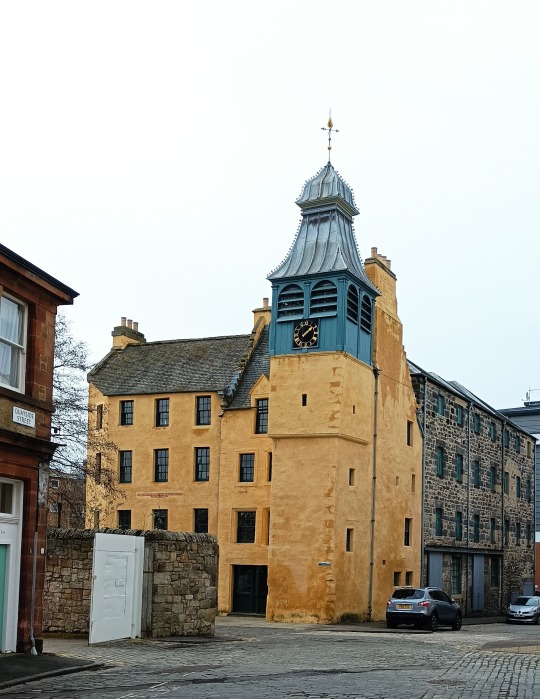

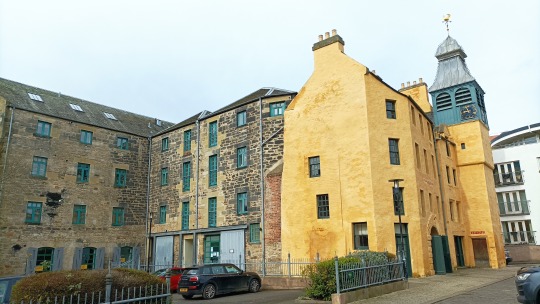
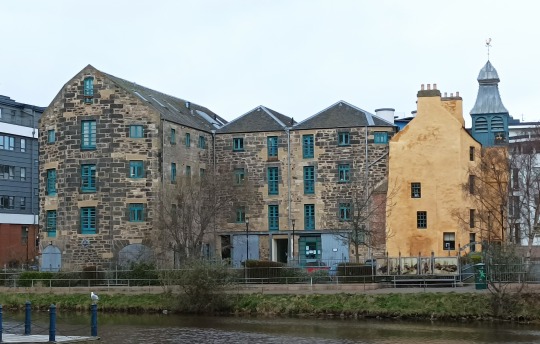
St Ninian’s Manse.
I've not had decent walk around Leith for a while so I remedied that today. My first point of interest is the former church, nestled amongst a cluster of modern buildings at Quayside Street off Sandport Place, while you can see the steeple, which I shal come back to later, easily enough from further afield, you won't find the Manse in full until you are almost on top of it.
The buildings origins lie in a chapel that established in the late 15th century, was the home of North Leith Parish Church, playing a vital role in the development of the area. It's importance is evident as it stands near the head of the first bridge to North Leith over The Water of Leith.
ln 1493 Robert Bellenden, Abbot of Holyrood, founded and endowed a chantry chapel. The chapel fell into ruin after the Reformation, it was restored in 1595, and in 1606 became officially the church of a new and independent parish of North Leith. The Statistical Account of Scotland states both the church and manse are as old as the times of popery, but they have undergone a variety of repairs; including a considerable one in the year 1736, when it was in a great measure rebuilt." In the early 19th century, when a new parish church had been provided on another site, the old one was let to other congregations; and in 1825, when the last of these left, the place was converted into a granary, which in its turn has been rebuilt as a mill, pics of it as a mill in the 1950-60's can be found by clicking here
The most impressive part of The Manse, to me anyway, is the aforementioned spire. If you look at it closely you will see it is made of wood. This is Leith's and so Edinburgh's sole surviving 17th-century timber steeple.
The entrance to the stair, now covered by an extension, is dated 1675 as seen on the lintel above the door. Another interesting feature is the inscription above an archway that says;
BLESED AR THEY YAT HEIR YE VORD OF GOD AND KEIP IT/ LVK XI 1600.
It comes from the New Testament bible by Luke, and quite literally translates to;
“Blessed rather are those who hear the word of God and keep it!”
The charity Scottish Historic Buildings Trust restored the building from 1996 to 2002 along with the adjacent Quayside Mills, creating desirable waterfront accommodation and office space. Much of the interior, from what I can see having trawled through a fair amount of pictures, retains a certain amount of it's charm, with many of the timbers visible throughout the building.
Some debate has gone on, due to the alterations over the centuries, whether this or Lambs House, a short walk away, on the south of the bridge is the oldest building in Leith.
Leith is usually thought of as the port or dock area of Edinburgh. It was not, however, part of Edinburgh until 1920. Between 1833 and 1920 Leith was an independent burgh. Before this Edinburgh town council was able to control Leith through being the feudal superior of the land there. Many of the citizen s to this day are fiercely proud of their old status, calling themselves Leithers, rather than saying they are from Edinburgh, it is apparent on the poem below I found on the Leith Forever web page, it was written in 1919 and appeared in Andrew Grant’s collection of poems from the Leith Observer 1914 -1920.
Ye folks a’ Leith, are ye a’ sleepin’
Whilst Reekie’s cheils are busy reapin’
Braw schemes to hae ye in their keepin’ For
evermair?
Arouse yoursel’s an’ dae the sweepin’
O’ your ain stair!
If ye yoursel’s wad save some siller,
Ye’d better tak’ in hand the tiller
Auld Reekie means to “droon the miller,” An’ sink
the mill;
For loaded debts noo fairly fill her-
They’re ‘yont her skill.
The debter’s grawvit’s rooned her neck,
An’ just tae save hersel’ frae wreck,
She offer ye her hindmaist cheque,
Frae some dark source.
But in nae bank, gi’en bow or beck,
Wad e’er endorse.
Keep clear o’ yon West-eny crew
O’ their “fine airs” hae nocht ado,
A keen East windblaws thro’ and thro’
Their mim-moo’ed graces;
Jist skin it aff, an’ then ye’ view
Some cranks in places!
Tak’ heed from Glesca’s swollen size;
Hoo burghs aince pride did prize
Lie low this day, an’ a’ their sighs
Speak o’ taxation.
This lesson ye maun ne’er despise
O’ ruination!
But rouse ye, toonsmen, ane an’ a’
An’ gie your pipes a warlike blaw.
Let ilka patriot in a raw
Tak’ up his stand;
Auld Reekie’s seekin’ for oor fa’
An’ wants command.
Ye craftsmen o’ oor ancient toun,
Your he’rts I ken are unco soun’,
It’s time ilka ane o’us marched roun’
Oor ain auld border;
An’ paced oor boundaries up an’ doon
In martial order.
The “honest toun” ayont oot by,
(Whaur danger’s likewise drawin’ nigh)
Has lately bade her burghers hie
To “ride the marches”;
Let Leith wi’ her auld neebor vie,
‘Neath hame-mad arches!
Let’ a’ meet at the Giant’s Brae
An’ mak the auld Port bricht an’ gay,
Turn oot in sold, massed array,
Mak’ Reekie quiver;
On each a badge, an’ let it say-
“Auld Leith for ever!”
Restalrig - 30 August 1919,
Next up I will post pics and history of the more well known, Lambs House.
28 notes
·
View notes
